In a business environment full of "fluctuations, uncertainties, complexities and ambiguities" - as commented by businesses, Vietnam's shrimp exports still managed to reach 1.7 billion USD, an increase of 32% after the first 5 months of the year, which is really a very encouraging result. According to the Vietnam Association of Seafood Exporters and Producers (VASEP), in the first 5 months of the year, raw shrimp prices and export prices both tended to increase, good consumption demand in major markets such as China, Japan, Korea, EU as well as businesses boosting exports to the US before the deadline for reciprocal tariffs on July 9 by President Trump, the effects of FTAs such as CPTPP, RCEP have contributed significantly to this growth momentum.
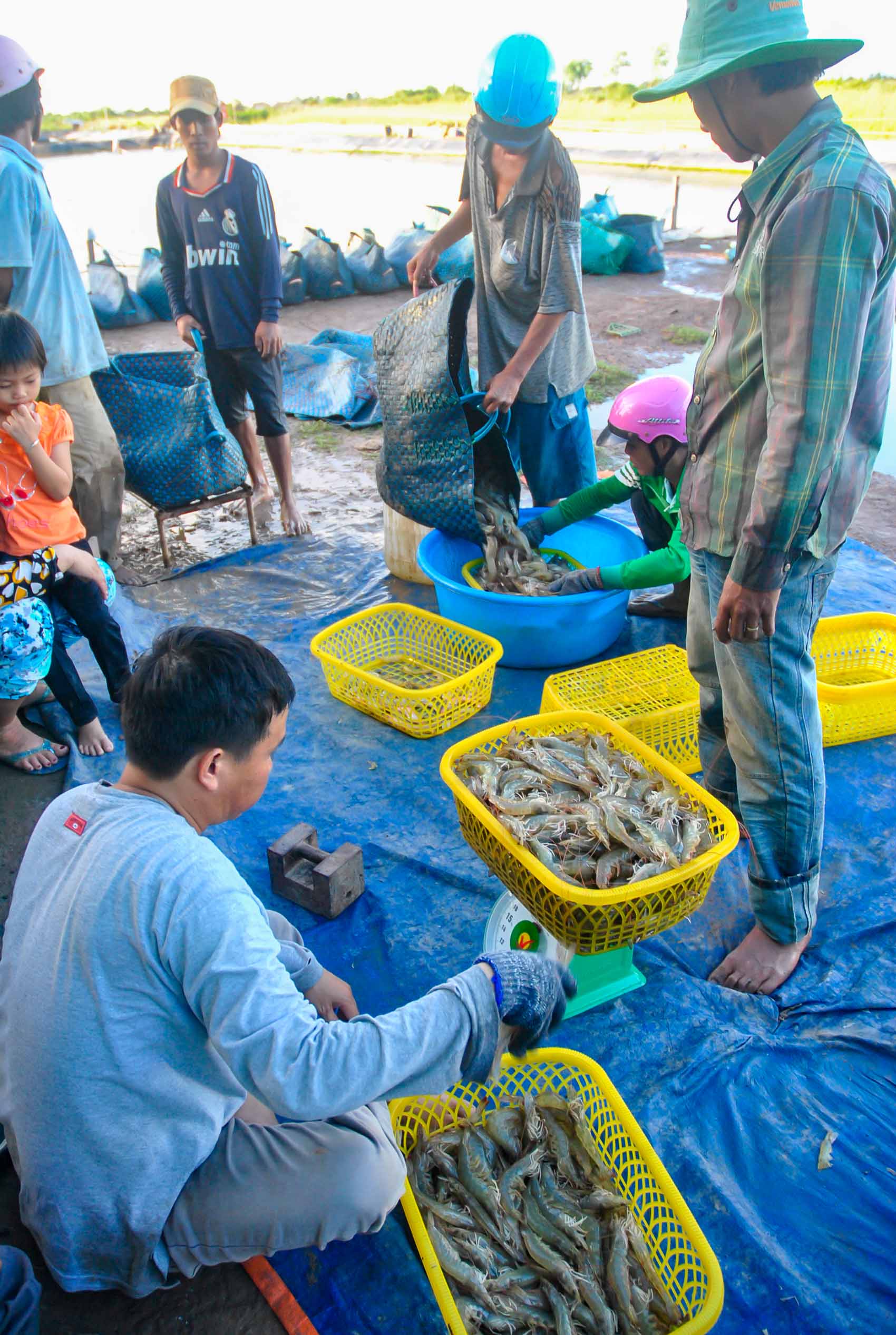 |
| The remaining months of 2025 will be a difficult and challenging time for both businesses and shrimp farmers. Photo: TICH CHU |
Among the main markets, China and Hong Kong (China) are leading in terms of value, estimated at 494 million USD, up 90% after the first 5 months of the year. Next is the US market, despite facing the risk of tariffs, which also reached 294 million USD, up 28.6%. With bright spots from the Japanese, Canadian, and British markets, shrimp export turnover to the CPTPP market reached 472 million USD, up 37%. The EU market is not far behind with an increase of 22% along with prominent markets such as Germany (up 28%), Belgium (up 41%) and finally the Korean market also had an increase of 13%, reaching 140 million USD.
However, the journey of Vietnamese shrimp in the world market is also facing many difficulties and challenges, which according to businesses are at an unprecedented high level. These are high raw material costs, competitive pressure from cheap shrimp and risks from the preliminary anti-dumping tax of 35.29% and the expected reciprocal tax of up to 46%, which are seriously threatening the competitiveness and stability of the supply chain. That is not to mention the persistent internal difficulties, such as: the increasingly complicated shrimp disease situation, causing the cost of prevention and control to increase, but the effectiveness is not as expected.
Currently, it is the peak season of the main farming season, but prices have only decreased slightly. Partly due to disease, partly due to lack of capital, farmers are hesitant to stock the entire area because of fear of risks. This leads to the shrimp supply on the market not being as much as every year and of course, shrimp prices are also very difficult to decrease sharply. Although the current shrimp price has decreased, it is still 10,000 - 15,000 VND/kg higher than the same period (depending on size) and shrimp seeds are being heavily promoted, but farmers are still quite cautious in deciding to stock. The high price of commercial shrimp will benefit farmers but is a difficulty for export enterprises when they have to compete with cheap shrimp sources from Ecuador and India.
Back to the tax story from the US market. While the 46% reciprocal tax rate is still unknown because the results of bilateral negotiations have not been announced, on June 8, in the 19th review (POR19), the US Department of Commerce (DOC) announced a preliminary anti-dumping tax rate of more than 35% on Vietnamese shrimp against the mandatory defendant, Soc Trang Seafood Joint Stock Company (Stapimex). Another surprise and a new shock to shrimp businesses, because Stapimex is a large enterprise with extensive experience and the courage to respond to this lawsuit, but is subject to an unprecedentedly high tax rate.
According to the writer's research, currently, Vietnamese enterprises all sell shrimp to the United States under the DDP method, which means they bear all tax risks themselves. Therefore, if the above anti-dumping tax rate is maintained in the final ruling (expected in December 2025), it will be a difficulty and a significant financial pressure for enterprises. While waiting for the final ruling, enterprises still hope that Stapimex has enough ability to convince and explain to DOC members who will come to Vietnam for actual inspection in the near future, to get the lowest tax rate. This hope is well-founded, because Sao Ta was previously imposed a very high preliminary anti-dumping tax by DOC, but after the actual inspection in Vietnam, DOC recognized Sao Ta's explained figures, so it restored fairness to this enterprise with a tax rate quite low compared to the preliminary tax rate.
The shrimp industry is facing unprecedented difficulties and challenges, so in addition to waiting for the results of bilateral negotiations on reciprocal taxes; regarding errors in processing anti-dumping tax data by DOC, VASEP also recommends that businesses proactively expand markets, invest in deep processing and prepare complete legal documents. In addition, VASEP has also proposed and recommended that the Government and ministries and branches make efforts to strengthen negotiations with the United States, protecting the legitimate rights of businesses. This is the time when the shrimp industry needs attention and support from the State, consensus among businesses, farmers and stakeholders throughout the chain to overcome fluctuations and consolidate its position in the global market.
Let me borrow the words of Mr. Ho Quoc Luc - Chairman of the Board of Directors of Sao Ta Food Joint Stock Company to conclude: “Our shrimp is in too much trouble, too much trouble; we need the cooperation of the whole community in all value chains, in which the role of processing enterprises is in the central position. Demonstrating awareness, responsibility and courage is not new, not too difficult for our seafood business team; having a lot of experience in the market and being diligent and hard-working in business; being flexible in dealing with turning points. We are facing a big turning point!”.
ACCUMULATE
Source: https://baosoctrang.org.vn/tin-moi/202506/goc-nhin-kinh-te-tang-truong-va-lo-au-cf01ed2/



![[Photo] Images of the State-level preliminary rehearsal of the military parade at Ba Dinh Square](https://vphoto.vietnam.vn/thumb/1200x675/vietnam/resource/IMAGE/2025/8/27/807e4479c81f408ca16b916ba381b667)

![[Photo] Parade blocks pass through Hang Khay-Trang Tien during the preliminary rehearsal](https://vphoto.vietnam.vn/thumb/1200x675/vietnam/resource/IMAGE/2025/8/27/456962fff72d40269327ac1d01426969)

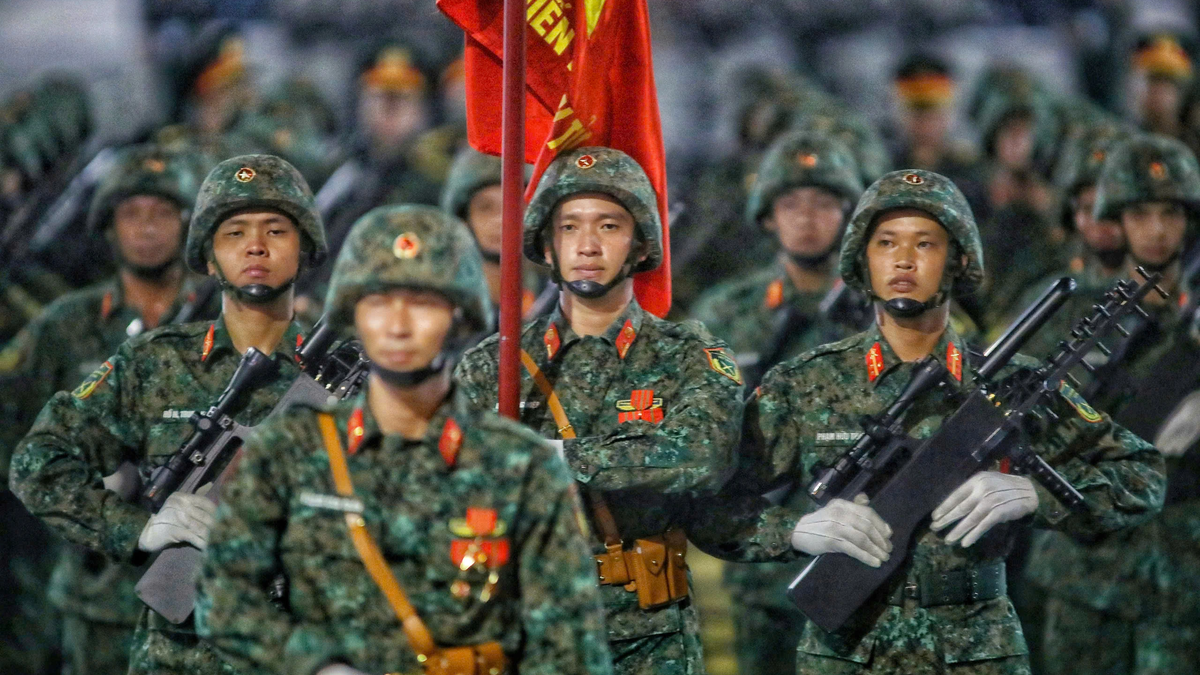

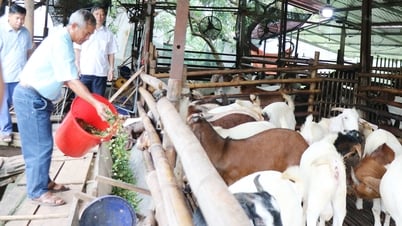



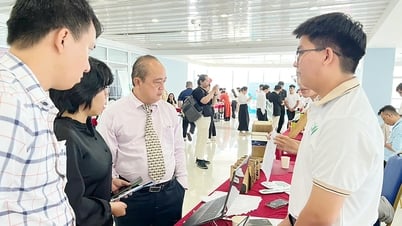












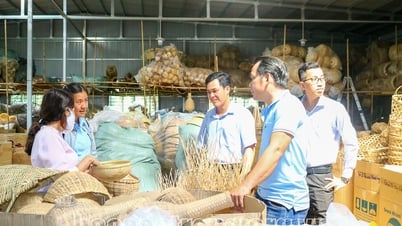
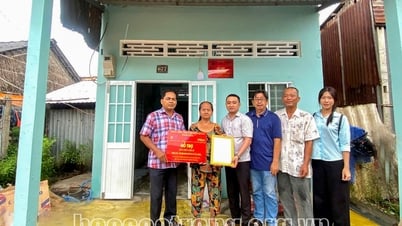
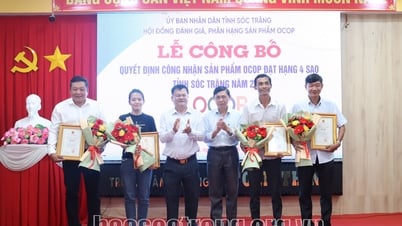

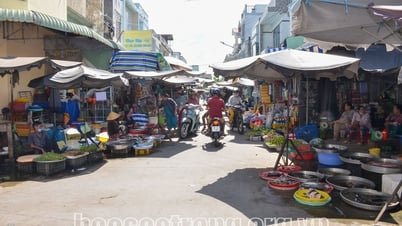




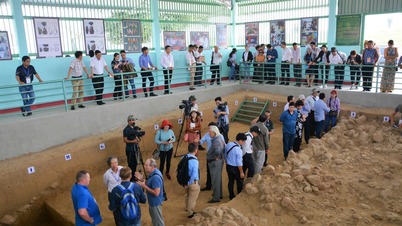



























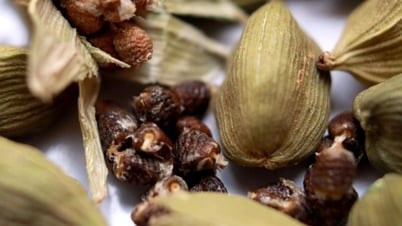


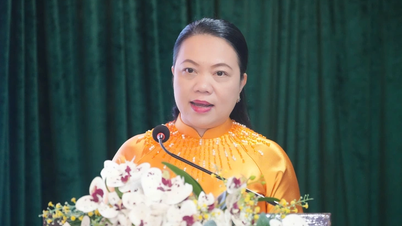
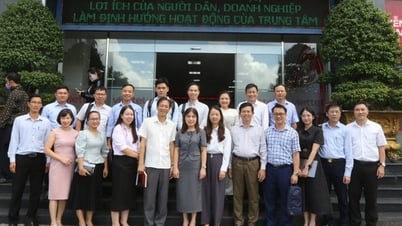



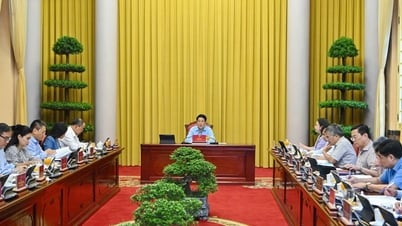

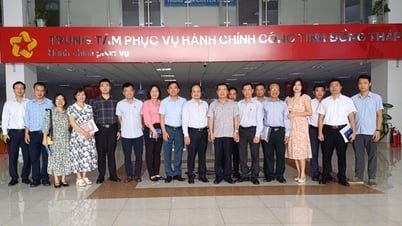
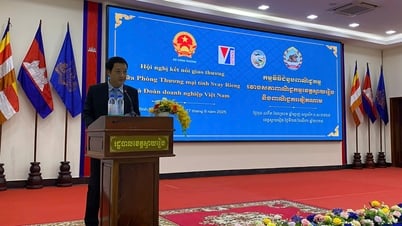









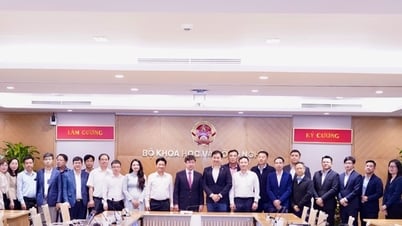














Comment (0)